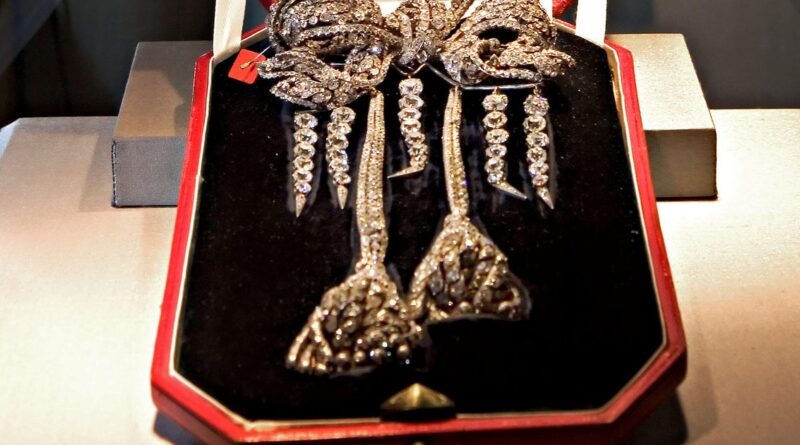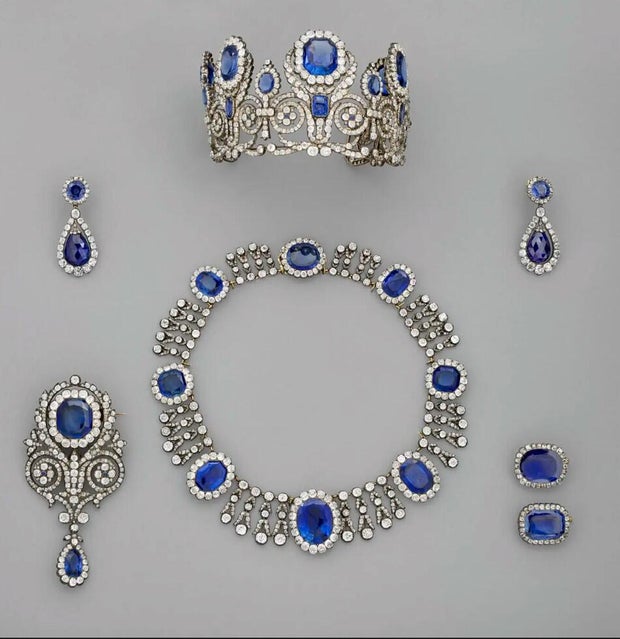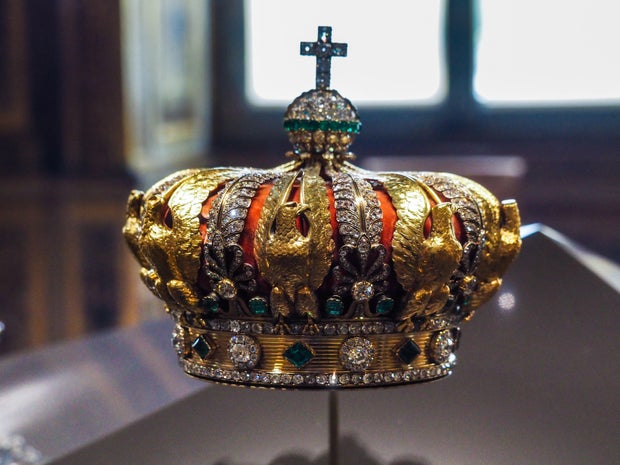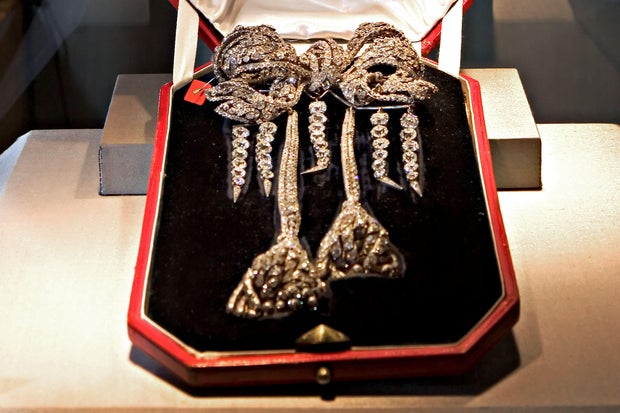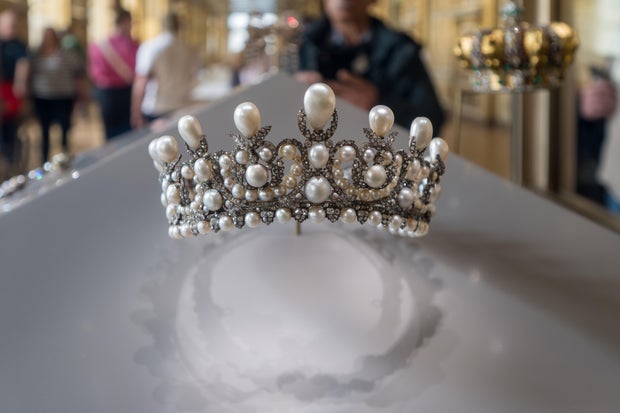Louvre thieves will struggle to sell stolen jewels, master jeweler says: “The whole world knows about this robbery”
The thieves who made off with priceless treasure from the Louvre may have a hard time cashing in.
The French government valued the pieces — which include an exquisite tiara and a sapphire necklace worn by French royalty — at about $102 million. But Stephen Portier, master jeweler and Parisian gem appraiser, says that’s only if they’re intact.
If the thieves prise the jewels out of their settings to sell on the black market, they will be worth much less, Portier said.
“Taken apart and sold as stones and metal, their value drops by 90%,” he said.
The Louvre
Like many jewelry professionals, Portier nurses a sliver of hope that the police will catch the robbers and recover the historic pieces undamaged. But he knows the chances are slim. With so much attention on the pieces, they will be too hard to sell as-is. They will also be highly illegal to buy.
“The market for fine jewelry is big,” he said. “But the network is small. Everybody knows everybody in the world of precious stone.”
“The whole world knows about this robbery. Dealers will have pictures of every single piece up in their offices,” he continued. “So if they think they’re being offered diamonds from the Louvre … They will ask some hard questions. And contact the police.”
MAEVA DESTOMBES/Hans Lucas/AFP via Getty Images
The Louvre is likely to have minute descriptions of the precious stones in the treasures that were taken in the brazen heist, which saw the thieves enter through a window and smash antique glass cases before escaping with the treasure. The thieves took nine pieces, but dropped the crown of Empress Eugenie as they made their escape.
Each stone in the stolen pieces has “unique properties,” like their weight, color and tiny impurities, Portier said. These descriptors “are like the stones’ DNA.”
Some of the pieces, notably a brooch in the shape of a bow with elaborate tassels, contain hundreds of tiny diamonds. Even these smaller stones be hard for the thieves to fence.
Jb Reed/Bloomberg via Getty Images
They’re at least a century and a half old, cut in a distinctive old-fashioned style. Criminal specialists could try re-cutting them them to disguise them, says Portier, but that would make them even smaller and much less valuable.
Among the stolen objects is an exquisite diamond and pearl tiara.
“Old pearls, especially large ones, are easy to identify by their shape and color,” said Portier.
Theoretically, it is possible to make the large pearls in it unrecognizable with a risky process known as peeling, Portier said.
Zhang Weiguo/VCG via Getty Images
“You need a solvent like perfume, or hairspray. They dissolve the surface of the pearl and hide the minute cracks of age,” Portier explained. “But it’s a dangerous game, because it can expose the layer below which may be an unattractive color and so the pearl suddenly becomes much less valuable.”
Given that getting rid of the jewels will be difficult, and not hugely profitable, why did the thieves commit such a risky crime?
“Good question,” Portier said. “Good question.”

